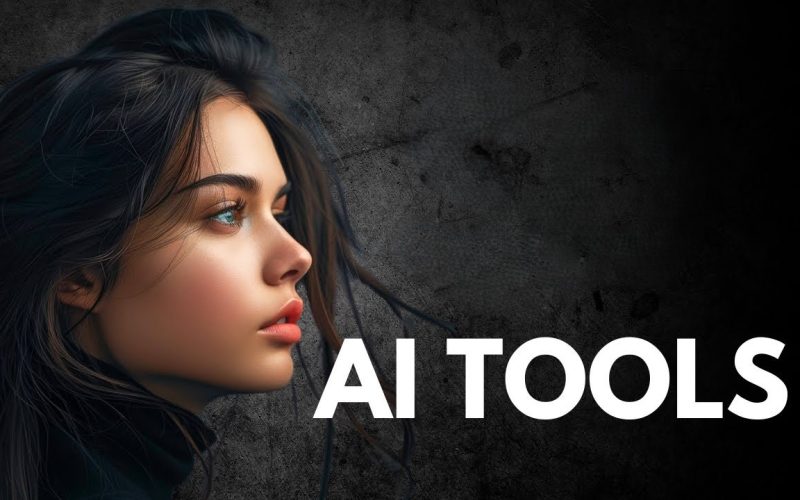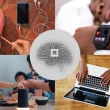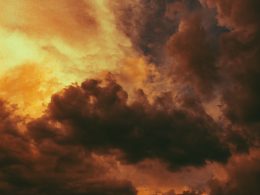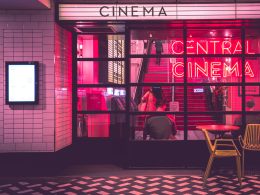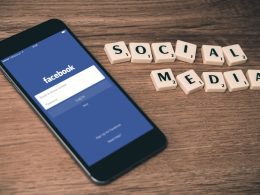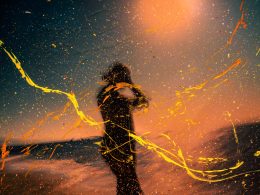Introduction
In 2025, AI art tools are changing the way artists and designers create work. These AI art software platforms use advanced algorithms to generate images, manipulate photos, and even animate characters. Whether you are a professional illustrator or someone who loves experimenting with visuals, these tools can boost your digital creativity. In this guide, we’ll cover the top 5 AI art tools that are leading the charge in generative art. By exploring their features, benefits, and best use cases, you’ll know exactly which tools to try to take your creative projects to the next level.
What Are AI Art Tools?
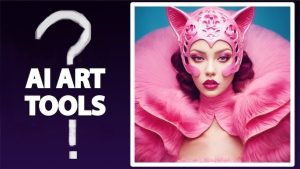
AI art tools are applications or platforms that use artificial intelligence to create or enhance visual content. They rely on machine learning and neural networks trained on large datasets of images. Users can input text prompts, sketches, or reference images, and the software generates original artwork. These tools enable anyone regardless of technical skill to produce stunning visuals in minutes. As a result, they’re popular with artists, marketers, game developers, and hobbyists alike.
Role of AI Art Tools in Creativity
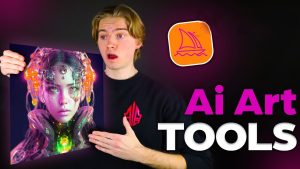
AI art tools play a significant role in shaping modern creativity. They assist artists by offering new techniques and ideas that might not have been thought of otherwise. These tools are not just assistants; they are collaborators. For example, text-to-image generators like DALL-E 3 turn written prompts into full visual pieces, helping artists visualize concepts instantly. Tools like Artbreeder and PaintsChainer give artists the freedom to experiment and refine their work without spending hours on manual tasks. By integrating AI into the creative process, these tools are opening up new avenues for expression and pushing the boundaries of what is possible in art and design.
Top 5 AI Art Tools Revolutionizing Creativity in 2025
1. MidJourney
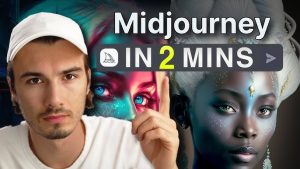
MidJourney is one of the most talked-about AI art generators in 2025. It excels at creating detailed, cinematic scenes from simple text prompts. Whether you want a futuristic cityscape or a surreal portrait, MidJourney delivers.
When you type a prompt, MidJourney’s algorithm interprets it and produces several variations. You can then refine your prompt or upscale your favorite version. The platform runs on Discord, making it easy to collaborate with other creators in real time.
Benefits of MidJourney
It offers high-resolution images with cinematic quality. The community-driven Discord server provides inspiration and support. Because MidJourney focuses on aesthetics, it’s ideal for concept art, book covers, and social media visuals.
Tip: Use clear, descriptive language in your prompts. Include adjectives like “vibrant,” “moody,” or “neon” to guide the AI toward your vision.
2. DALL·E 3
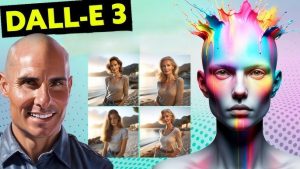
DALL·E 3 by OpenAI takes AI-powered design to the next level. It can generate complex compositions with multiple subjects. Unlike earlier versions, DALL·E 3 understands context more deeply, allowing for coherent scenes and accurate details.
With DALL·E 3, you can transform a short paragraph into an original illustration. The tool also handles edits; you can ask it to change colors, add elements, or adjust lighting. This makes it perfect for marketing materials, editorial illustrations, and product mockups.
Benefits of DALL·E 3
It produces high-fidelity results that need minimal post-processing. The editing features save time, as you can iterate directly in the platform. DALL·E 3’s API allows seamless integration into your own applications.
Tip: Experiment with different prompt lengths. Sometimes a short phrase works, and other times a more detailed description yields better results.
3. Adobe Firefly
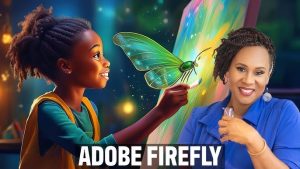
Adobe Firefly is part of the Creative Cloud suite, making it an easy choice for designers already using Adobe products. Firefly focuses on generative art techniques that blend seamlessly with tools like Photoshop and Illustrator. You can generate textures, patterns, and entire compositions directly within your workflow.
Firefly also offers text-to-image features and generative brushes. When you apply a Firefly brush, it intelligently fills areas with patterns, gradients, or photographic elements. This makes it a powerful tool for graphic designers, UX/UI designers, and digital painters.
Benefits of Adobe Firefly
Integration with Adobe apps reduces the learning curve. The generative brushes speed up tasks like background creation or texture mapping. Firefly respects licensing by ensuring generated images are safe for commercial use.
Tip: Use Firefly’s generative brushes to enhance existing artwork. They can add realistic details or stylistic flourishes in seconds.
4. Stable Diffusion
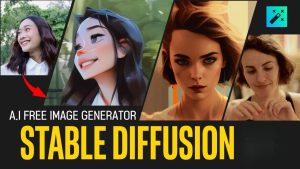
Stable Diffusion is an open-source AI art platform that offers full control over model parameters. Developers and hobbyists favor it for its flexibility and customizability. With Stable Diffusion, you can train custom models on your own datasets or fine-tune existing ones for specific styles.
Stable Diffusion supports both text-to-image and image-to-image workflows. You can turn a simple sketch into a detailed scene or apply artistic styles to photos. The community around Stable Diffusion is active and shares models, tips, and custom interfaces.
Benefits of Stable Diffusion
Open-source freedom means no subscription fees. You can tailor models to niche aesthetics or brand guidelines. Its local deployment option guarantees privacy and faster processing.
Tip: Join forums and Discord channels to find and share custom model checkpoints. This can give you unique styles that set your work apart.
5. Runway ML
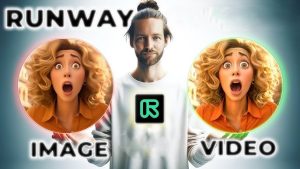
Runway ML combines generative art with video editing and real-time collaboration. It offers an intuitive interface for artists, marketers, and filmmakers. Runway ML’s tools include text-to-image, video inpainting, and style transfer, all accessible via a web browser.
You can generate backgrounds, remove objects from footage, or apply artistic filters to videos. The real-time collaboration features let teams work together on projects, making it ideal for creative agencies and remote teams.
Benefits of Runway ML
Web-based access means no installation required. Video-focused features cater to motion designers and content creators. The collaboration tools streamline feedback and approvals.
Tip: Use Runway ML’s video inpainting to fix or enhance footage that would otherwise require hours of manual editing.
Future of AI Art Tools
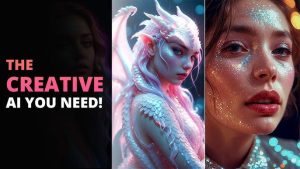
The future of AI art tools looks incredibly promising. As technology continues to advance, these tools will become even more powerful, with the ability to generate more intricate and personalized art. In the coming years, we can expect to see AI art tools that can mimic even more specific styles or create more immersive and interactive experiences. AI might also evolve to understand emotions and context more deeply, making it capable of generating art that resonates on a personal level with viewers. Additionally, as these tools become more advanced, they could even be used in fields like film production, fashion design, and architecture, further expanding the possibilities for AI-generated art. The future holds endless opportunities, and as AI art tools continue to grow, they will undoubtedly reshape the creative landscape in exciting ways.
Comparative Table: Top AI Art Tools
| Tool | Primary Function | Best For | Pricing Model |
|---|---|---|---|
| MidJourney | Text-to-image | Concept art, cinematic visuals | Subscription-based |
| DALL·E 3 | Text-to-image with editing | Marketing, editorial art | Pay-per-use + subscription |
| Adobe Firefly | Generative brushes, textures | Graphic design, digital painting | Creative Cloud subscription |
| Stable Diffusion | Custom models, image-to-image | Developers, custom styles | Open-source (free) |
| Runway ML | Video inpainting, style transfer | Filmmaking, content creation | Subscription-based |
Conclusion
In 2025, AI art tools are redefining how creators work. From the cinematic mastery of MidJourney to the flexible, open-source power of Stable Diffusion, these platforms make AI-powered design accessible to all. Whether you’re a seasoned artist or just starting, each of these tools can enhance your digital creativity and speed up your workflow. Experiment with multiple platforms to discover which one best aligns with your style and needs. The future of art is collaborative, intelligent, and full of possibilities.






